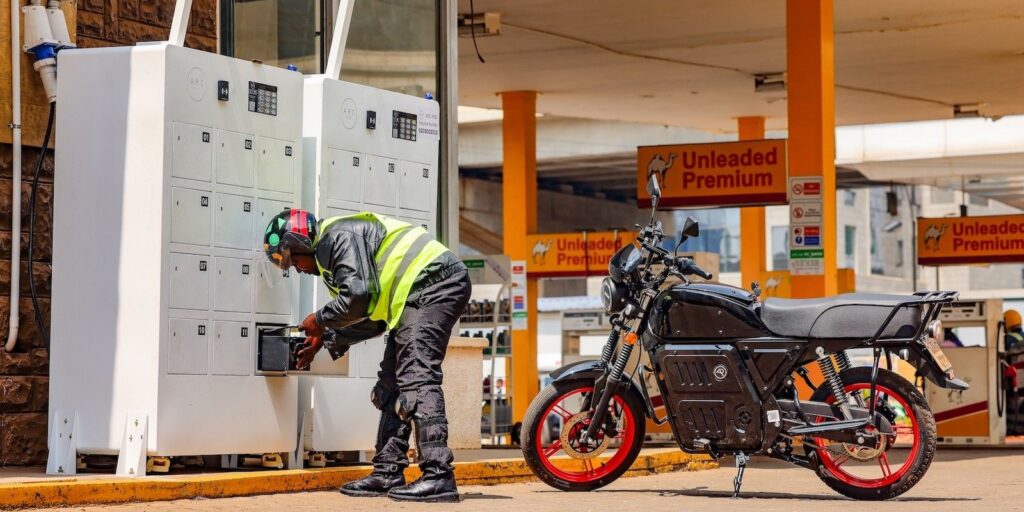ARC Ride secures Mirova-backed facility to fund more than 600 new swap cabinets and 25,000 batteries across Kenya.
Financing and Deployment
Kenyan electric mobility company ARC Ride (site) has secured a US$10 million debt facility to accelerate the build-out of its battery-swapping infrastructure in Kenya. The investment comes from Mirova (site), a Paris-based sustainable investment manager, and is earmarked for a large-scale rollout of more than 600 new battery-swapping cabinets and 25,000 batteries across the country.
The funding is explicitly structured as debt; additional terms such as pricing, tenor, or covenants were not disclosed. Framed around clearly defined hardware targets, the facility signals a material increase in network density intended to improve uptime and predictability for riders who depend on quick battery exchanges to keep vehicles on the road.
Executive Commentary and Strategic Intent
“This partnership with Mirova marks a major milestone in our mission to make electric mobility accessible, affordable, and sustainable across Africa,” said Joseph Hurst-Croft, CEO at Arc Ride. The statement shows the company’s ambition to scale a swapping-led model that can expand quickly, reduce range anxiety, and support broader adoption of electric two- and three-wheelers in urban transport systems.
On the investor side, the strategic rationale centres on climate impact and scalability in emerging markets. “This investment reflects Mirova’s mission to support innovative, high-impact climate solutions in emerging markets,” said Rim Azirar, deputy head of Emerging Market Energy Transition at Mirova. “ARC Ride is redefining urban mobility in Africa through a scalable model that reduces emissions and improves livelihoods.”
Market Implications
By tying the proceeds to tangible infrastructure, cabinets and batteries, the deal highlights a pragmatic path to accelerating e-mobility adoption: build reliable swap capacity, then grow ridership on top of it. For operators, the scale of the rollout promises a broader, denser grid of exchange points that can translate into higher asset utilisation and reduced downtime. For policymakers and investors tracking the evolution of clean transportation, the facility illustrates continued interest in bankable, equipment-backed approaches to decarbonising urban mobility.
For more stories of infrastructure across Africa, visit our dedicated archives.
